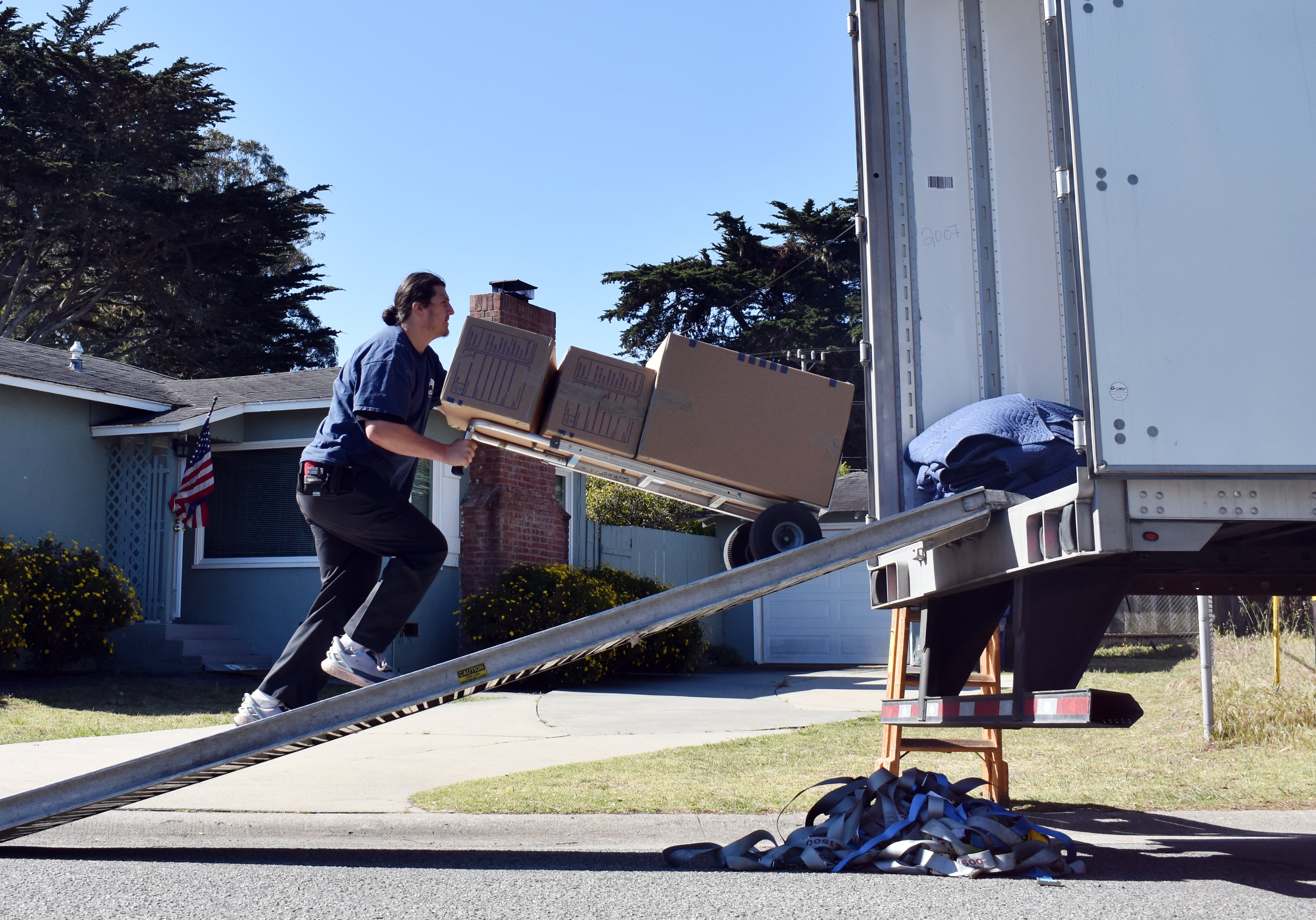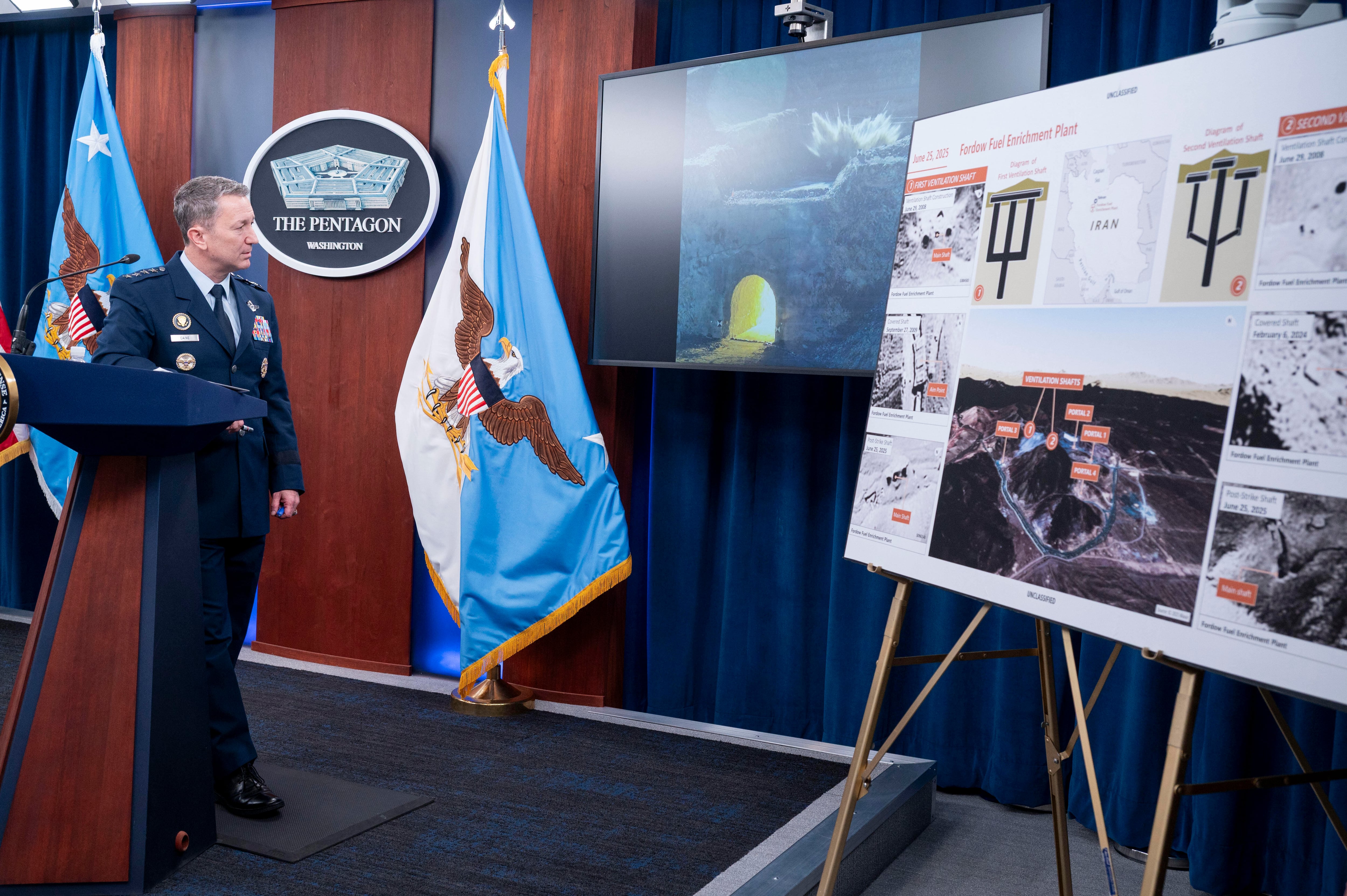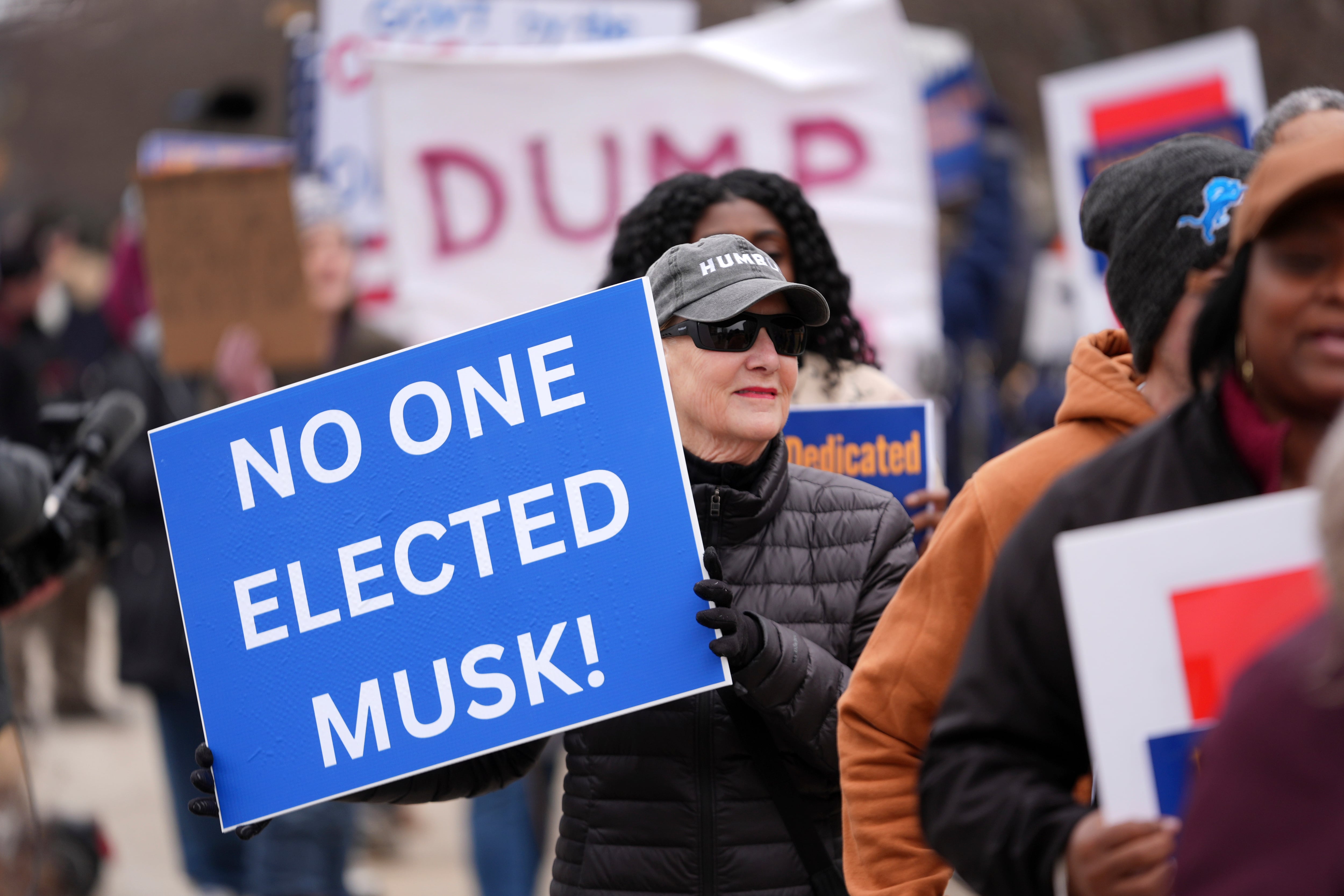New bystander intervention training is on its way to the fleet, but don't lament — it won't add to the number of hours sailors spend in training.
Bystander intervention training will wrap all the Navy's good-decision making tips into one two-hour session per year, according to a NAVADMIN released Oct. 2 by Chief of Naval Personnel Vice Adm. Bill Moran.
Bystander Intervention to the Fleet — or BI2F — training will replace the existing hour each of fraternization and hazing general military training sailors are currently getting every year, CNP spokesman Cmdr. Chris Servello told Navy Times.
"It may seem small, but [Vice] Adm. Moran really wanted to be able to figure out what the training could count for, so we weren't just adding more training," Servello said.
The training will take best practices from Recruit Training Command and Training Support Center Great Lakes, with a emphasis on small groups and discussions.
The structure will ultimately be up to each command, but guidelines call for small groups led by a peer. Group size will fluctuate based on ship or command size, Servello said, but they should be organized and led according to rank.
"If it's E-5s, there will be an E-5 leading it. If it's chiefs, it'll be a chief," he said.
The plan is to include a short video vignette and some discussion questions to kick things off, but the instructor and the group will have some autonomy over what they cover.
"The two biggest complaints that we heard out of some of the more formal training that we've done lately, particularly sexual assault, were, 'Hey, the subject matter isn't that bad, but the way we go about doing it just makes it really hard to make this interesting,' " Servello said.
In the future, there's room to make the training more dynamic. The guidance covers intervention with sexual assault to hazing and alcohol use, a commanding officer could possibly choose which topics to focus on based on where the crew is in the training cycle.
"A commander can say, 'We're getting ready to go on deployment. Let's talk about security and good liberty behavior,' " Servello said.
That's not to say, though, that sailors won't get their regularly scheduled sexual assault prevention and response training, for example. Much of the training sailors receive is mandated by law and Defense Department regulation, but Servello said CNP is trying to incorporate that required training into the BI2F's structure.
The Navy rolled out bystander intervention training last year, and Servello said the key is getting sailors to see it the same way they see their technical and operational training.
"We're all trained in the Navy that if you see dangerous behavior on the flight deck, nobody would hesitate to grab somebody's float coat, or to push them out of the way of danger," he said. "We're trying to use that same cultural instinct to get people to do the same thing with destructive behavior."
Formal BI2F training rolls out this fall. The Navy will send teams of experts to help commands set up a training structure and educate group leaders. Moran's goal is to get the training to the entire fleet by September 2015.
Meghann Myers is the Pentagon bureau chief at Military Times. She covers operations, policy, personnel, leadership and other issues affecting service members.





